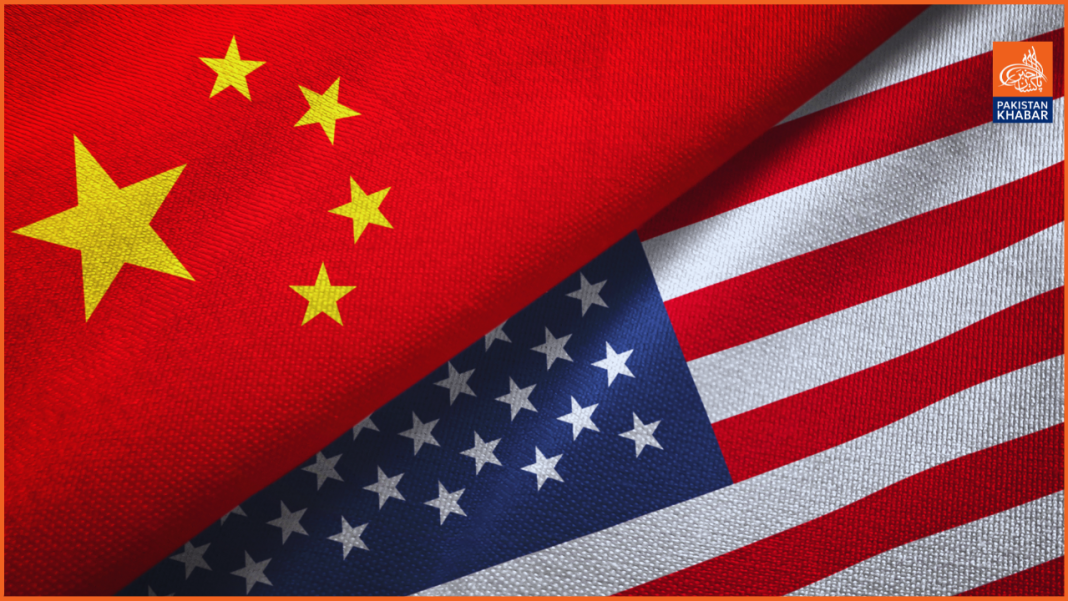China’s state media has issued a warning to US President-elect Donald Trump regarding his plan to impose additional tariffs on Chinese goods over the fentanyl issue, cautioning that this could lead to a mutually damaging trade war between the world’s two largest economies.
Trump, who is set to take office on January 20, announced on Monday that he would introduce an “additional 10% tariff” on imports from China until Beijing takes more stringent action against the trafficking of chemical precursors used to produce fentanyl.
As the two superpowers stake their positions ahead of Trump’s return to the White House, China Daily and the Global Times warned that making China a “scapegoat” for the US fentanyl crisis or taking China’s willingness to cooperate on anti-drug measures for granted would have serious repercussions.
China Daily called Trump’s justification for additional tariffs “farfetched,” while the Global Times emphasized that tariff wars result in no winners, urging the US to avoid politicizing economic and trade issues.
Economists have already begun downgrading their growth projections for China’s $19 trillion economy for 2025 and 2026, as they anticipate the impact of Trump’s proposed tariffs. They are also cautioning that American consumers should prepare for higher living costs.
S&P Global Ratings revised China’s growth forecast downward, predicting a 4.1% growth rate for 2025 and 3.8% for 2026, based on assumptions of an across-the-board tariff increase from around 14% to 25%.
Trump’s new tariff threat comes on top of the existing 7.5%-25% tariffs from his first term, and Chinese experts argue that using the counternarcotics issue to justify such measures is both impractical and unconvincing.
Chinese President Xi Jinping, during a meeting with former Singapore Prime Minister Lee Hsien Loong, reaffirmed that China’s economy will continue to grow, despite the challenges posed by trade tensions. Meanwhile, Chinese firms are grappling with a 10% drop in profits for October, indicating the pressure on companies in an economy increasingly vulnerable to trade disruptions.




